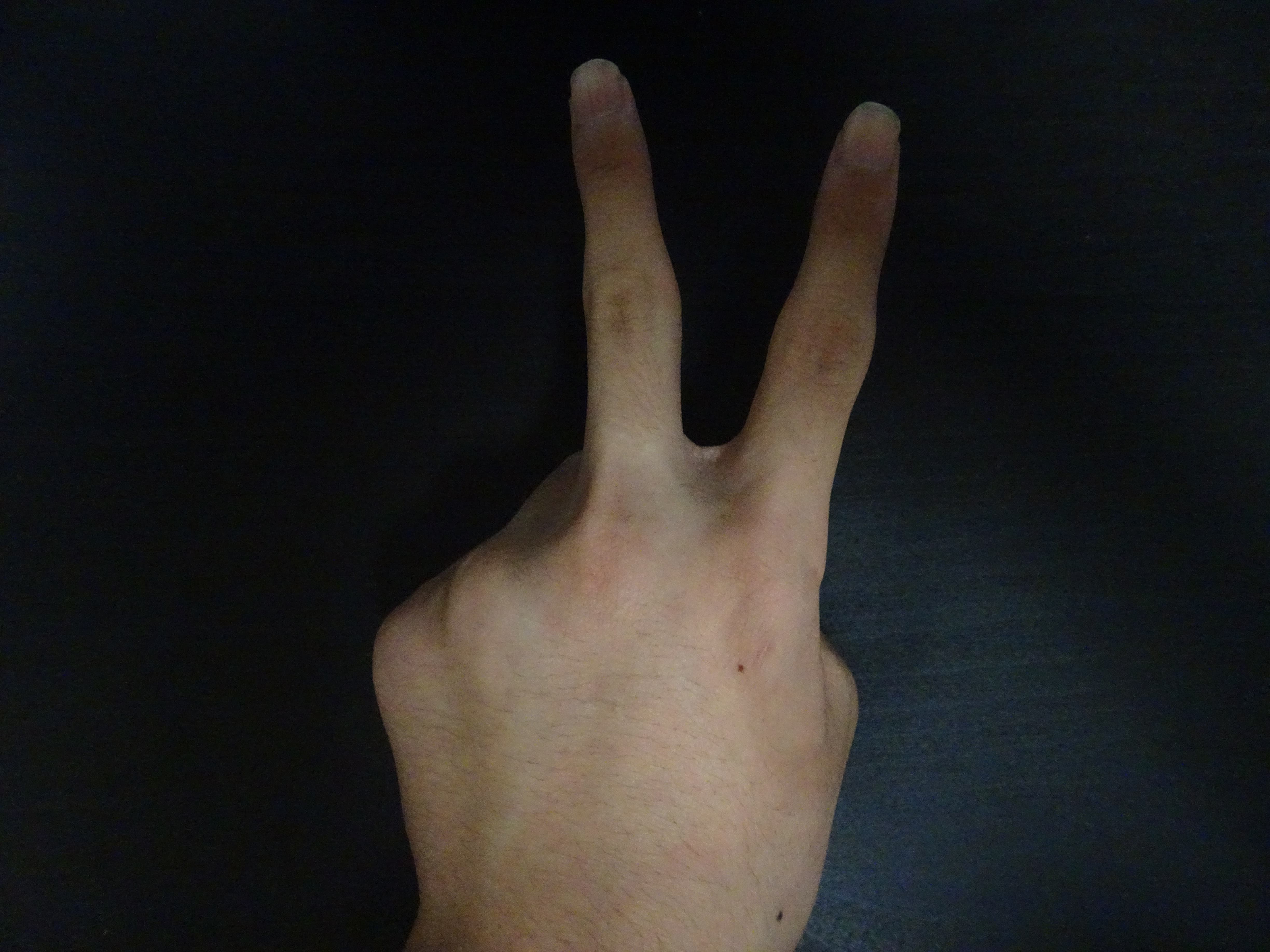|
Incivility
Incivility is a general term for social behaviour lacking in civility or good manners, on a scale from rudeness or lack of respect for elders, to vandalism and hooliganism, through public drunkenness and threatening behaviour. The word "incivility" is derived from the Latin ''incivilis'', meaning "not of a citizen". The distinction between plain rudeness, and perceived incivility as threat, will depend on some notion of civility as structural to society; incivility as anything more ominous than bad manners is therefore dependent on appeal to notions like its antagonism to the complex concepts of civic virtue or civil society. It has become a contemporary political issue in a number of countries. Uncivil communication Civil behavior requires that people communicate with respect, restraint, and responsibility, and uncivil communication occurs when people fail to do so. Universal pragmatics, a term coined by Jürgen Habermas, suggests that human conflict arises from mis ... [...More Info...] [...Related Items...] OR: [Wikipedia] [Google] [Baidu] |
Civility
Civility may denote orderly behavior and politeness. Historically, civility also meant training in the humanities. Developmental model Adolf G. Gundersen and Suzanne Goodney Lea developed a civility model grounded in empirical data that "stresses the notion that civility is a sequence, not a single thing or set of things". The model conceives of civility as a continuum or scale consisting of increasingly demanding traits ranging from "indifference" to "commentary", "conversation", "co-exploration" and, from there, to "habituation". According to the authors, such a developmental model has several advantages, not least of which is that it allows civility to be viewed as something everyone can get better at. Empathy in civility Many experts say civility goes beyond good manners and listening attentively, but includes sharing our own beliefs and values with others through some type of engagement with the intent of sincere respect towards one another. This also requires a willingness ... [...More Info...] [...Related Items...] OR: [Wikipedia] [Google] [Baidu] |
Civic Virtue
Civic virtue refers to the set of habits, Value (ethics), values, and Attitude (psychology), attitudes that promote the general welfare and the effective functioning of a society. Closely linked to the concept of citizenship, civic virtue () represents, therefore, the disposition of citizens to put the common good () before special interests. The identification of the character traits that constitute civic virtue has been a major concern of political philosophy. The term ''civility'' refers to behavior between persons and groups that conforms to a society, social mode (that is, in accordance with the civil society), as itself being a foundation of society and law. In republics Civic virtues are historically taught as a matter of chief concern in nations under republican forms of government, and societies with cities. When final decisions on public matters are made by a monarch, it is the monarch's virtues which influence those decisions. When a broader class of people become the d ... [...More Info...] [...Related Items...] OR: [Wikipedia] [Google] [Baidu] |
Abuse
Abuse is the act of improper usage or treatment of a person or thing, often to unfairly or improperly gain benefit. Abuse can come in many forms, such as: physical or verbal maltreatment, injury, assault, violation, rape, unjust practices, crimes, or other types of aggression. To these descriptions, one can also add the Kantian notion of the wrongness of using another human being as means to an end rather than as ends in themselves. Some sources describe abuse as "socially constructed", which means there may be more or less recognition of the suffering of a victim at different times and societies. Types and contexts of abuse Abuse of authority Abuse of authority includes harassment, interference, pressure, and inappropriate requests or favors. Abuse of corpse Necrophilia involves possessing a physical attraction to dead bodies that may led to acting upon sexual urges. As corpses are dead and cannot give consent, any manipulation, removal of parts, mutilation, or sexua ... [...More Info...] [...Related Items...] OR: [Wikipedia] [Google] [Baidu] |
Rude
Rudeness (also called effrontery) is a display of actual or perceived disrespect by not complying with the social norms or etiquette expected within a relationship, social group, or culture. Social norms are established as the essential guidelines of normally accepted behavior within a given context, and individuals often establish personal boundaries to meet their own needs and desires within smaller settings, such as friendships. To be unwilling to align one's behavior with these norms known to the general population of what is socially acceptable is to be rude. These norms may resemble a sort of " unspoken law", with social repercussions or rewards for violators or advocates, respectively. Rudeness, "constituted by deviation from whatever counts as politic in a given social context, is inherently confrontational and disruptive to social equilibrium". Forms of rudeness include behaving in ways that are inconsiderate, insensitive, deliberately offensive, impolite, obscen ... [...More Info...] [...Related Items...] OR: [Wikipedia] [Google] [Baidu] |
Vandalism
Vandalism is the action involving deliberate destruction of or damage to public or private property. The term includes property damage, such as graffiti and defacement directed towards any property without permission of the owner. The term finds its roots in an Enlightenment view that the Germanic Vandals were a uniquely destructive people, as they sacked Rome in 455 AD. Etymology The Vandals, an ancient Germanic people, are associated with senseless destruction as a result of their sack of Rome under King Genseric in 455. During the Enlightenment, Rome was idealized, while the Goths and Vandals were blamed for its destruction. The Vandals may not have been any more destructive than other invaders of ancient times, but they did inspire English poet John Dryden to write, ''Till Goths, and Vandals, a rude Northern race, Did all the matchless Monuments deface'' (1694). However, the Vandals did intentionally damage statues, which may be why their name is associated with ... [...More Info...] [...Related Items...] OR: [Wikipedia] [Google] [Baidu] |
Anti-social Behaviour
Anti-social behaviours, sometimes called dissocial behaviours, are actions which are considered to violate the rights of or otherwise harm others by committing crime or nuisance, such as stealing and physical attack or noncriminal behaviours such as lying and psychological manipulation, manipulation. It is considered to be disruptive to others in society. This can be carried out in various ways, which includes, but is not limited to, intentional aggression, as well as covert and overt hostility. Anti-social behaviour also develops through social interaction within the family and community. It continuously affects a child's temperament, cognitive ability and their involvement with negative peers, dramatically affecting children's cooperative problem-solving skills. Many people also label behaviour which is deemed contrary to prevailing Social norm, norms for social conduct as anti-social behaviour. However, researchers have stated that it is a difficult term to define, particular ... [...More Info...] [...Related Items...] OR: [Wikipedia] [Google] [Baidu] |
Face Negotiation Theory
Face negotiation theory is a theory conceived by Stella Ting-Toomey in 1985, to understand how people from different cultures manage rapport and disagreements. The theory posited "face", or self-image when communicating with others, as a universal phenomenon that pervades across cultures. In conflicts, one's face is threatened; and thus the person tends to save or restore his or her face. This set of communicative behaviors, according to the theory, is called " facework". Since people frame the situated meaning of "face" and enact "facework" differently from one culture to the next, the theory poses a cross-cultural framework to examine facework negotiation. It is important to note that the definition of face varies depending on the people and their culture and the same can be said for the proficiency of facework. According to Ting-Toomey's theory, most cultural differences can be divided by Eastern and Western cultures, and her theory accounts for these differences. Background ... [...More Info...] [...Related Items...] OR: [Wikipedia] [Google] [Baidu] |
American Psychological Association
The American Psychological Association (APA) is the main professional organization of psychologists in the United States, and the largest psychological association in the world. It has over 170,000 members, including scientists, educators, clinicians, consultants, and students. It has 54 divisions, which function as interest groups for different subspecialties of psychology or topical areas. The APA has an annual budget of nearly $135 million. Profile The APA has task forces that issue policy statements on various matters of social importance, including abortion, human rights, the welfare of detainees, human trafficking, the rights of the Mental disorder, mentally ill, IQ testing, sexual orientation change efforts, and gender equality. Governance APA is a corporation chartered in Washington, D.C. APA's bylaws describe structural components that serve as a system of checks and balances to ensure democratic process. The organizational entities include: * APA President. The APA pr ... [...More Info...] [...Related Items...] OR: [Wikipedia] [Google] [Baidu] |
USA Today
''USA Today'' (often stylized in all caps) is an American daily middle-market newspaper and news broadcasting company. Founded by Al Neuharth in 1980 and launched on September 14, 1982, the newspaper operates from Gannett's corporate headquarters in New York City. Its newspaper is printed at 37 sites across the United States and at five additional sites internationally. The paper's dynamic design influenced the style of local, regional, and national newspapers worldwide through its use of concise reports, colorized images, informational graphics, and inclusion of popular culture stories, among other distinct features. As of 2023, ''USA Today'' has the fifth largest print circulation in the United States, with 132,640 print subscribers. It has two million digital subscribers, the fourth-largest online circulation of any U.S. newspaper. ''USA Today'' is distributed in all 50 states, Washington, D.C., and Puerto Rico, and an international edition is distributed in Asia, ... [...More Info...] [...Related Items...] OR: [Wikipedia] [Google] [Baidu] |



